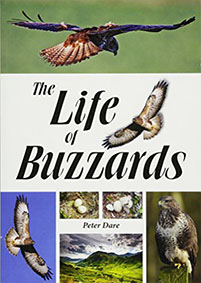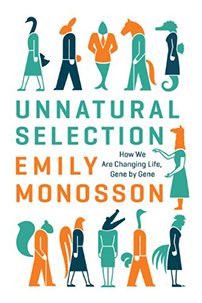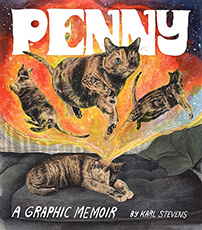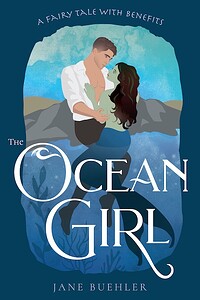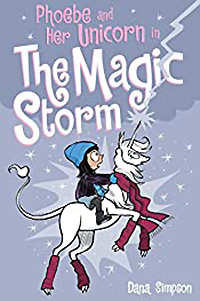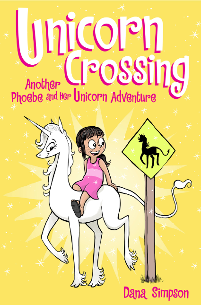This guy lived in southern California, sharing a house with a friend and her sister. The backyard was thickly overgrown and soon they found it harbored a feral cat colony. Not being “cat people”, they ignored the felines for a long time but often heard screaming out there at night, and found dead kittens mauled by raccoons. Coyotes also prowled, preying on the cats. Eventually seeing one more dead kitten was too many, and they decided to act. First feeding the cats, and scaring off the predators. Sometimes bringing small kittens in the house to protect them. Then started to notice that as the females were now healthier from getting better nourishment and the kittens surviving, the population was growing quickly. They found out about a spay/neuter/release program and went through the ordeal of capturing over a dozen very wild cats, transporting them to the vet, and then returning them to their outdoor territory to finish living out their lives.
Throughout the book the author veers between telling about the different cats, their personalities, and how well he got to know them (or didn’t, some were completely unapproachable and he only got glimpses), something of their relationships with each other, what it was like trying to manage their vet care, and so on- these parts I liked. Other parts of the book tell about his struggles to find regular work, to get into the film industry (he wrote screenplays), and of his past travels to Asia where he embraced the culture and some religious aspects. I really started to get lost when he was talking about doing astrology readings for famous people, and looking for signs from the universe in all kinds of random, everyday incidents in his life. He goes into a lot of depth on this stuff sometimes. There’s also chapters that diverge into telling of the history of domestic cats, but I’ve already read enough about how cats were worshipped in Egypt, persecuted in the Middle Ages and colonial New England, valued by sailors and early agriculturalists, etc etc that it just wasn’t interesting. So I started skipping the history parts, and the parts that got too ‘woo-woo’ for my taste. And sometimes the overblown writing made me uncomfortable. For example, I know he was exaggerating when he described a raccoon so large it easily stepped over a seven foot high fence. But then how do I know he wasn’t inflating the gruesome details when a mother cat birthed kittens suddenly on the concrete slab right outside their door, and then ran off with kittens still attached to her body, dragged by their umbilical cords? and other such events.
I do really admire how much he loved and cared for these cats. How diligently he completed the spay/neuter program, even though it was difficult. How assiduously he provided them with good food and toxic-free cat litter (I didn’t know that was a concern) even though short on funds. Cleaning up diligently too, to avoid attracting rats and other pests- although nothing seemed to keep the raccoons away from the kittens they saw as prey. I didn’t know raccoons would kill young kittens so readily, but it sounds like this was a regular thing, and pretty awful to witness. When, in the end, most of the cats were healthy, all of them fixed, no more kittens coming into the picture, quite a few of the cats adjusted to living in the house, things all seemed calm and good for a while. Until their landlord dropped a bombshell: a relative was coming to live in that house, they had to go. What about the cats? The final chapters are about their scramble to find a new place to live that would accept all their indoor cats (still half-wild), and debating what to do with the outdoor colony- leave them to fend for themselves again? find a rescue group that would re-home them as barn cats? It was bittersweet to read near the end when they finally met the neighbors who’d lived behind them for over twenty years, those ladies loved the cats too (other neighbors seemed to view them as “crazy cat people” if they knew what was going on) really too bad they hadn’t had that connection earlier.
Borrowed from the public library. Note to self: never hesitate to add a book title to my TBR even if it’s not in the library system. When I put this book on my TBR list three years ago, it wasn’t available to borrow. But a few days ago browsing the shelves, I instantly recognized and snatched up this copy. You never know when your library is going to acquire the very books you want to read!
